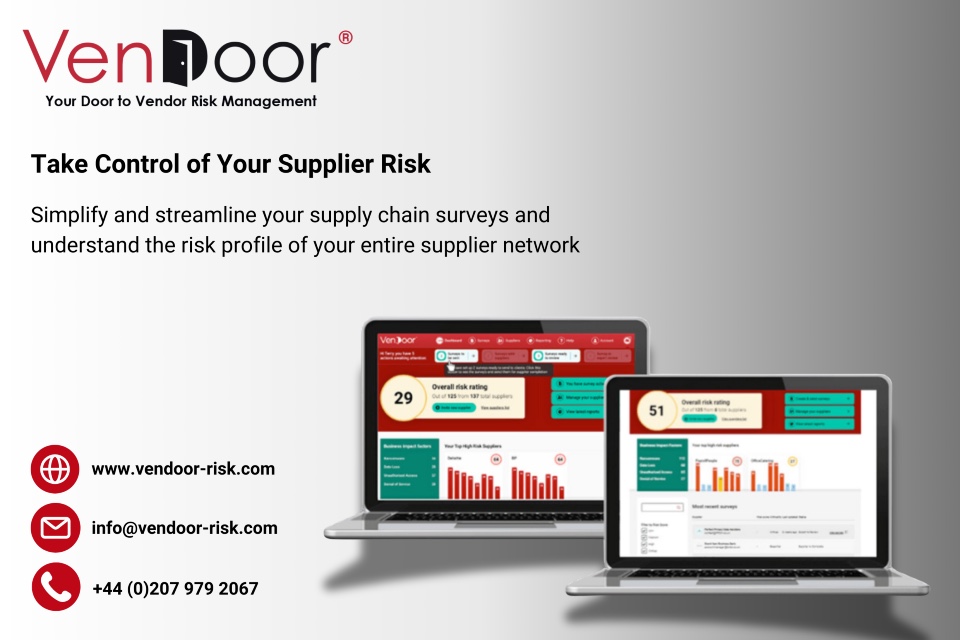Navigating the intricate web of supply chain management requires foresight, adaptability, and strategic planning. For an Operations Manager, identifying and mitigating potential risks can be the difference between seamless operations and significant business disruptions. Here’s a guide to understanding and managing these risks effectively…
Risk Identification through Auditing: The first step in risk management is identification. Regularly conduct comprehensive audits of your supply chain. This includes examining each link, from raw material suppliers to final-mile delivery, to identify vulnerabilities. Utilise analytics tools to visualise choke points, inventory turnover rates, and supplier performance metrics.
Supplier Diversification: Relying heavily on a single supplier can be perilous. A disruption in their operations could halt yours. To mitigate this, diversify your supplier base. Having multiple suppliers, preferably from different regions, ensures that a disruption in one area doesn’t paralyse your entire supply chain. This diversification spreads risk and provides alternative options should one supplier face issues.
Maintaining Safety Stocks: While lean inventory practices are cost-effective, they can be risky during supply chain disruptions. It’s wise to maintain safety stocks, especially for high-demand or critical products. These act as buffers during unexpected demand surges or supply shortages, ensuring continuous product availability.
Contingency Planning: ‘Hope for the best, prepare for the worst.’ Develop comprehensive contingency plans for various scenarios – natural disasters, supplier bankruptcies, geopolitical disruptions, or transportation strikes. These plans should detail alternative suppliers, routes, or processes to ensure continuity. Regularly review and update these plans, and ensure that all stakeholders are familiar with them.
Strengthening Supplier Relationships: Forge strong relationships with key suppliers. Regular interactions can provide insights into their operational challenges, financial health, or potential risks. A transparent relationship can ensure that suppliers communicate potential issues well in advance, allowing for proactive measures.
Investing in Technology: Leverage technology to monitor and manage risks. Tools like AI and machine learning can predict potential disruptions based on historical data and current market conditions. Real-time tracking systems can monitor shipments, alerting any delays or issues.
Training and Development: The human element cannot be overlooked. Regularly train your team to recognize potential risks and respond effectively. Workshops, simulations, or role-playing exercises can be valuable in this regard.
Monitoring External Factors: Keep an eye on global and local events that could impact your supply chain. This includes geopolitical events, policy changes, economic shifts, or natural disasters. Being informed allows for quicker response times and better decision-making during crises.
In the complex ecosystem of supply chain management, potential risks are a given. However, an effective Operations Manager sees these challenges as opportunities to strengthen the system.
Through proactive risk identification, strategic planning, and adaptive measures, it’s possible to build a resilient supply chain capable of weathering any storm. Remember, preparation today prevents poor performance tomorrow.
Are you searching for Risk Management solutions for your business? The Total Supply Chain Summit can help!






